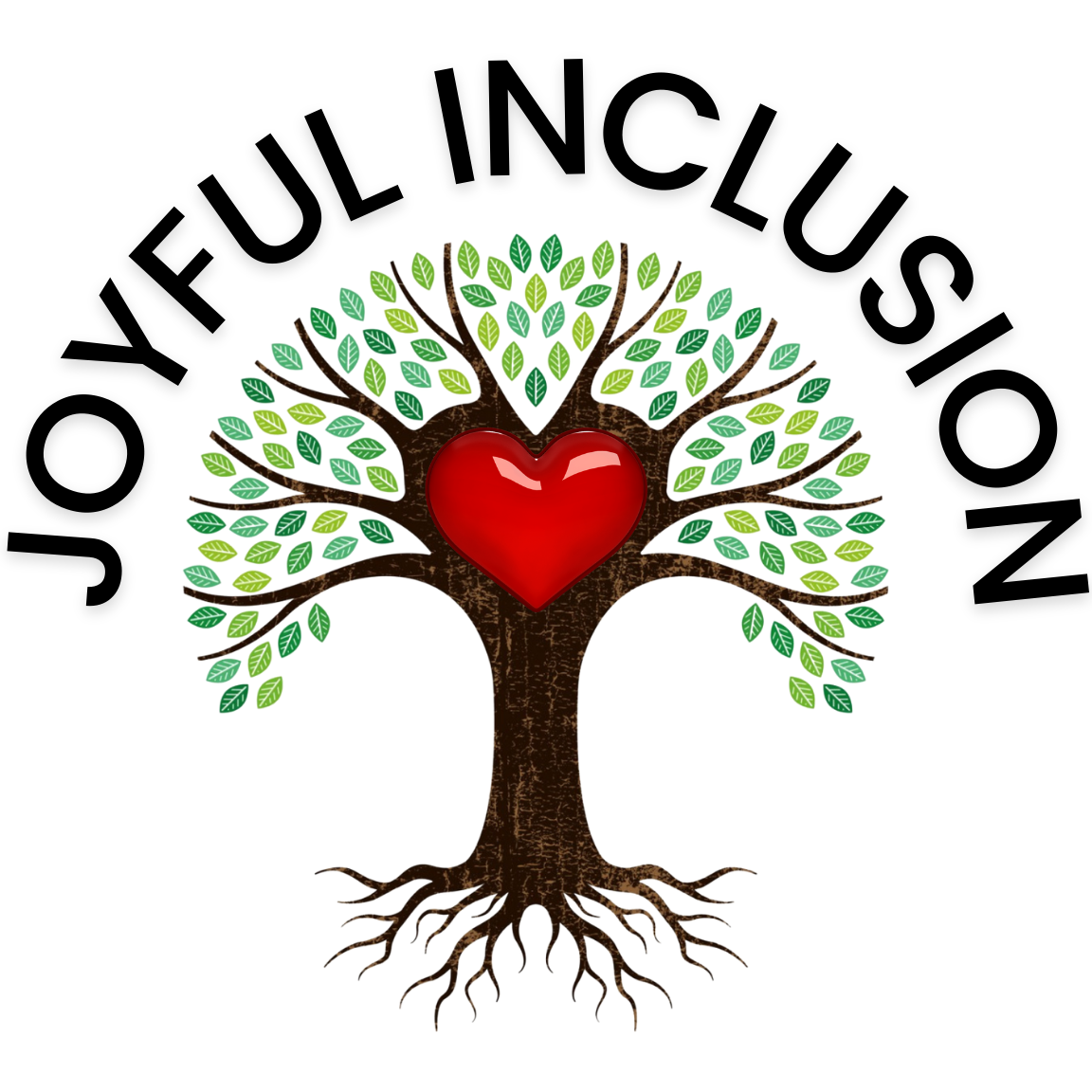July 4 Reflection: 3 Top Priorities
It’s 4th of July but nothing feels normal since the pandemic. While some places are starting to open up, others are reporting an increase in cases.
Overall, more families will “shelter in place” this holiday — fewer backyard barbecues, fewer pool parties, fewer people going to the beach and parks, fewer shoppers taking advantage of big holiday sales.
It feels so unreal. I keep hoping that I’ll wake up and discover this has been a bad dream. I miss the freedom to celebrate in public and socialize with friends.
I wonder what it’s like for teachers, school leaders, students and families out there? What’s it like in your shoes (or flip flops)?
What challenges do you face? Too many have concerns related to health and safety, job security and finances. My heart goes out to those who struggle, I feel powerless to help. So I turned to issues related to schools and education with the question: What can I do?
How can I use my experience as a teacher, transition coordinator, state department specialist, professor, consultant and parent? How can I use my knowledge and skills with systems change, collaborative teaching, differentiation, youth empowerment and self determination, family partnerships and (more recently) personalized learning and universal design for learning? Someone recently pointed out that my superpower is to sift through research and evidence based practices, explore expert frameworks, and then curate it all into a systemic approach that teachers can put into practice.
After some time in my garden, I narrowed it down to 3 top priorities for schools! That’s how I can use my experience and influence. I will supplement my professional development packages to address these 3 key themes for school re-opening. How could you incorporate them into your planning for fall?
Relationships – When schools reopen in the fall (whatever that looks like where you are), the most critical factor will be relationships. The disruptions of this pandemic and the outcry for equity have been traumatic for everyone.
The us/them divide in this country could shift to a paranoid me/you frame as people fear contagion and unfair treatment. Have you heard? A stressed brain can’t learn, and a stressed brain can’t teach..
Kristin Souers (2016) advises that the first step of creating trauma-sensitive classrooms is relationship, grounded in listening, caring, acceptance and reassurance. We don’t need to hear the stories of all our students’ “not OK experiences” to know that their behavior will reflect the chaos of a scary world out of balance.
Incidentally, adults will need those connections too. School leaders need to plan now for structured opportunities for faculty to build trusting, caring relationships with each other and with families. More than ever, our success forward will depend on strong alliances.
Collaboration – Let’s look at what that term really means. It combines “co” meaning together and “labor,” so it literally means labor together to accomplish a common purpose. What’s our common purpose? Student learning, right? I’ll get to that next. But, first we must ask who? Who needs to labor together? The answer is everybody! Administrators, teachers, families, communities, and of course students.
As we emerge from school shut-down, it’s more important than ever that we join together in creative, strategic new ways. The more we can build on strong relationships to work towards common goals, the more resilience we will have for whatever lies ahead. What can we do together to make schools a safe space for physical health as well as social-emotional health? What agreements can we make about providing supports that each child (or adult) needs to thrive and be available to learn? These supports won’t look the same for those with no internet, for those whose parent is sick, for those with a reading disability, and for those who are just learning English. Do we need to have labels to provide what is needed?
Student learning – When we get to the heart of it, the whole purpose of education is student learning, right? But there is a huge difference between learning because an adult gives you something to learn AND learning that comes from curiosity and drive within the learner.
The recent shut-down has revealed a major issue that we can’t ignore: student passivity.
Children aren’t born passive. Have you ever watched a toddler learning to walk? a 2 year old discovering the power of saying NO? a child mastering a two-wheeler or skateboard? an adolescent exploring a new game system? They are focused and persistent in the face of frustration. Yet, few students exhibit those qualities in traditional classroom based learning.
This spring, teachers reported large percentages of students who never logged on for remote learning. Barbara Bray posted this question on social media: “Ask your learners If there was no such thing as school, would you still learn?” Would they? The Universal Design for Learning framework includes guidelines for fostering “expert learners.” Teachers can integrate these guidelines into their routine practices to promote student ownership of their own learning.
Whatever your local re-opening model looks like, you’ll have to be prepared to pivot to remote learning with little warning. If your focus as school opens is on relationships, collaboration and empowered student learning, you’ll be ready.
I’ll spend the next few weeks supplementing my professional development packages with mini-lessons on those three topics for teachers and for Inclusion Coaches. Let me know if I can support YOU or if you’d like to chat about whether my packages would be a good fit for your school.






